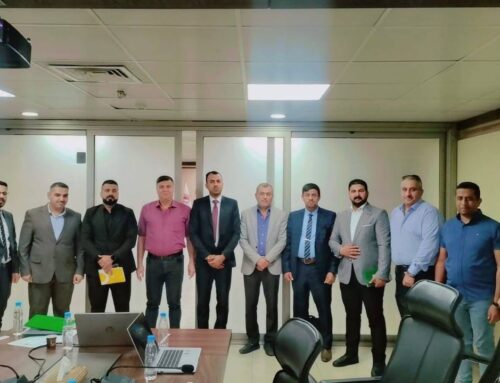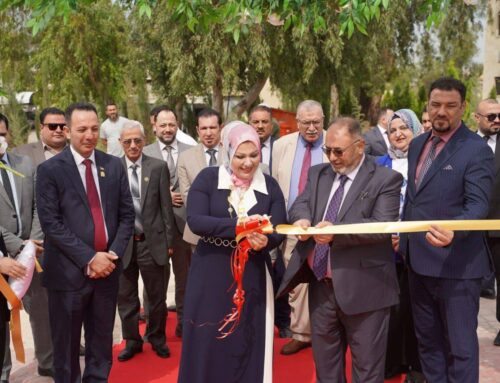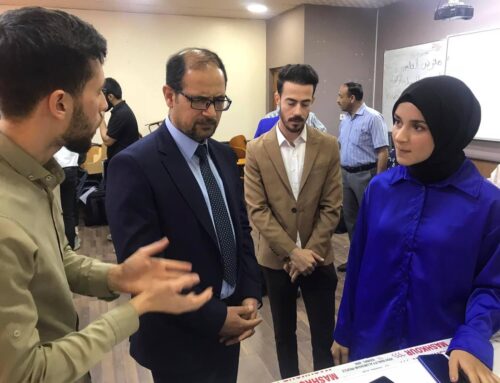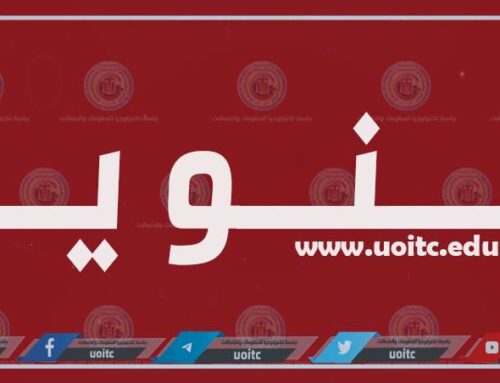UOITC organized scientific lecture about 4G cellular networks LTE-A: pros and challenges, because of mobile communications importance in the information technology.
The lecture introduced by the Dr. Jafar A. Al-Debyani and aimed to explain a general idea about mobile phone networks used in Iraq and the historical development of these networks. He presented the features of previous generations and also the problems faced 3G network that currently work as well as the provided services to the users. Some of these problems are; it requires huge money for installing, combining and buying licenses, it is not enough to keep up the fast development in smart phones with the high level performance, it requires battery with long lifetime to be used in smart phones, it requires extended frequency domain can cover the high data rate and the number of users, non-equivalent distribution of wireless coverage. Finally, deployment problems of wireless towers and the challenges that prevent providing optimal service to the users.
The lecture also included explaining the features of 4G networks, the excluded services and high speeds provided by this generation like wireless coverage and data rate that reaches to 1Gbps with high quality internet service as well as other services. LTE-A added several techniques to satisfy the requirements of 4G standards such as frequencies collection technique, calls in higher security, technique of multipoint coordination during sending and receiving and the technique of distributing small cells.
The lecturer also mentioned the future researches about 5G networks and supported companies to this high speed generation and the new features provided by this generation comparing with previous generations in mobile communication networks. 5G networks helps in rapidly developing the field of Internet of Thing (IoT) through providing high data rate that enables managing 1 million devices use IoT within 1Km2 as a coverage area.




